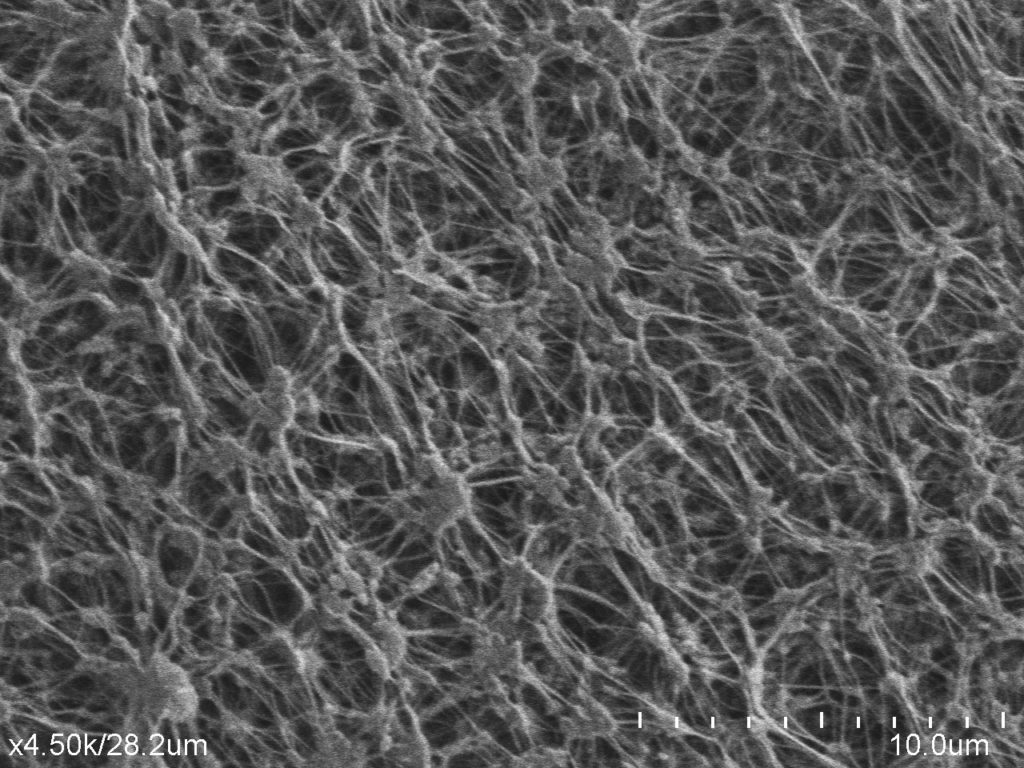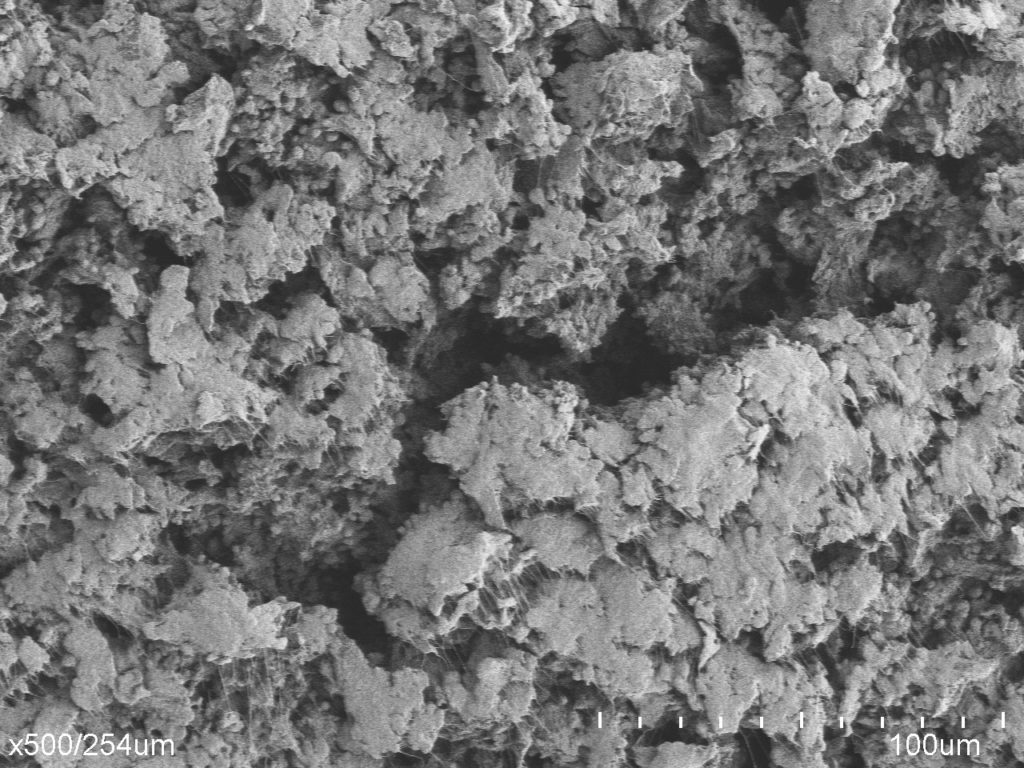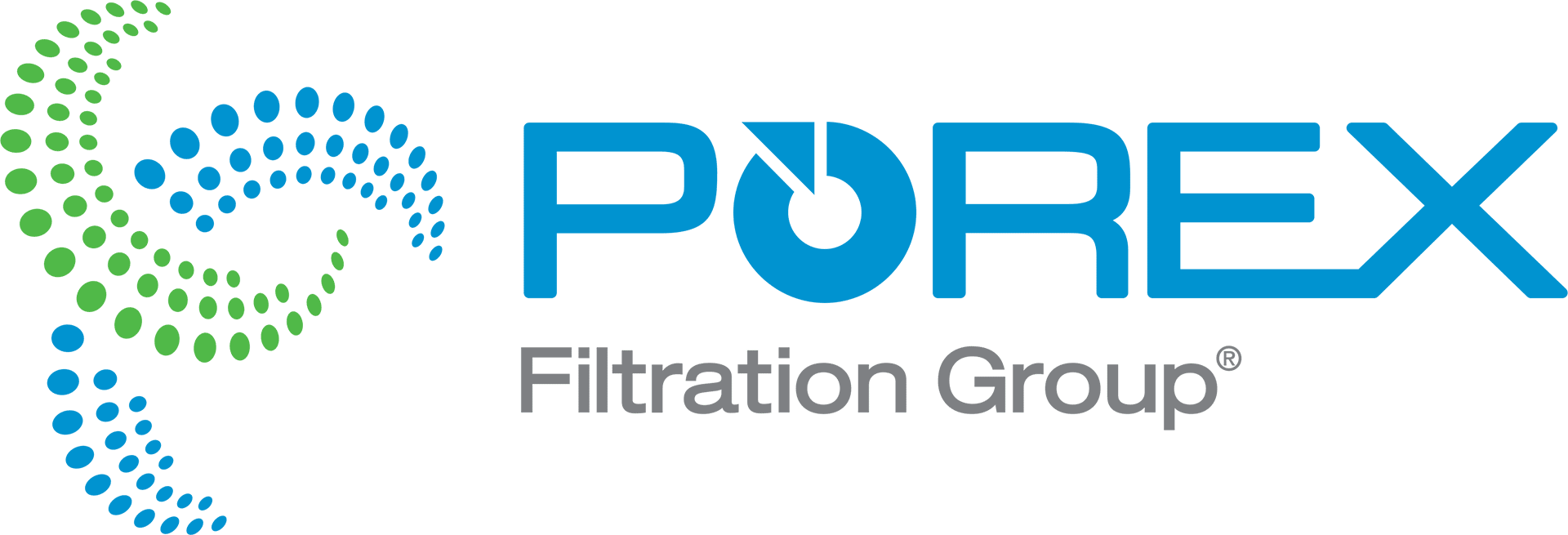Porous Membranes: A Comprehensive Guide
Articles | Automotive | Consumer Goods | Filter | Industrial | Life Sciences | Membranes | UV Reflective Media | Vent |
Porous membranes are critical in many industries, providing efficient filtration and separation solutions. These membranes are engineered to allow certain substances to pass through while blocking others, making them vital in applications such as venting and filtration. This blog post will examine porous membranes and discuss the materials used in their construction, their primary uses, and essential design factors to consider.
Different Types of Porous Membranes
The world of porous membranes is diverse and adaptable, designed to meet the stringent demands of various applications. Among the many options, PTFE (Polytetrafluoroethylene) membranes and track-etched membranes are notable for their unique properties and precision in filtration and separation processes. PTFE membranes are known for their naturally hydrophobic nature, allowing air and gases to pass through while providing a solid barrier against liquid water and particulate contaminants. This feature is beneficial in environments where durability and contamination prevention are key.
On the other hand, track-etched membranes provide unmatched control over pore size and density thanks to an advanced ion beaming and etching technique. This careful process ensures that each membrane has a uniform pore structure, making these membranes essential when precision filtration is required. The ability to customize pore size with such precision sets rack-etched membranes apart, creating a new standard in absolute pore size filtration to capture what you want or remove what you don’t want.
The differences between these membrane types highlight the importance of selecting the suitable membrane for the task at hand. While PTFE membranes are excellent in providing strong, chemical-resistant barriers for gas and air filtration, Track-etched membranes provide precision and smaller pore sizes for critical liquid and gas separation tasks. Understanding the various types of porous membranes and their specific strengths is vital for engineers and industry professionals as they work through the complexities of filtration and separation, ensuring the selection of the most suitable membrane for their specific needs.
Porous Membrane Materials
The exceptional performance and durability of porous membranes are due to a variety of materials, each selected for its unique properties and suitability for specific applications.

Talk with a Material Science Expert
PTFE Membranes
Polytetrafluoroethylene (PTFE), known for its strong chemical resistance and hydrophobic in nature, is the basis of membranes that tackle air and gas filtration challenges. Two types of PTFE include sintered and expanded. Sintered PTFE is a variant of PTFE that is composed of 100% Polytetrafluoroethylene PTFE material without any adhesive. It possesses the natural hydrophobicity, outstanding strength, high-temperature resistance, and high chemical stability of PTFE material itself. It is molded through high temperature and high-pressure molding, which does not cause melting or change the major properties of the material itself but creates a uniform porous structure. Expanded PTFE (ePTFE), another variant of PTFE, shares the same beneficial properties as PTFE, such as excellent chemical resistance, high-temperature stability, and hydrophobic nature. Its multi-directional stretching process gives this membrane a unique matrix of pores, which is why it remains the highest and thinnest liquid barrier membrane on the market.


More Porous Membrane Materials
Other materials such as Polyvinylidene fluoride (PVDF), Polyethylene (PE), Polypropylene (PP), and Polyethersulfone (PES) add to the diversity of porous membrane technology. PVDF is notable for its excellent chemical stability and mechanical strength, making it suitable for tough operational environments. PE and PP are appreciated for their versatility and cost-effectiveness, serving a wide range of applications that require efficient filtration and venting solutions. PES, with its superior hydrophilicity and thermal stability, is the preferred material for high-performance liquid filtration applications. If your application is sensitive in nature, tt is important to consider the processing methods and raw material types all offer different grades of purity and biocompatibility performance.
The strategic choice of these materials is not random but the result of thorough evaluation and testing to meet strict industry standards and application-specific requirements. Engineers and designers carefully align each material’s inherent properties—such as pore size or filtration efficiency, chemical compatibility, thermal resilience, and airflow rate versus liquid barrier rate—with the task at hand, ensuring that every membrane delivers optimal performance. This careful approach highlights our commitment to innovation and excellence, providing our partners with solutions that are not only effective but also customized to their unique challenges and goals.
Key Uses for Filtration and Venting Porous Membranes
Through a small part with a simple function, porous membranes serve as vital components across a range of industries, enabling technologies to operate more efficiently, reliably, and safely. Even though a membrane may be less than 5% of the total device cost, often, it can be the only component preventing complete device failure.
Venting
In the area of venting, these membranes cleverly maintain pressure balance within enclosures, protecting sensitive electronics from humidity and particulate ingress while allowing gases to escape. This function is essential for the durability and performance of automotive components, medical devices, and consumer electronics, where higher performance requirements are needed beyond venting air or gas.
Filtration
Filtration is another key application area, where the precise separation capabilities of membranes are used to purify air, water, and other critical fluids. In the healthcare sector, this means sterile barriers against microbial contaminants, ensuring patient safety and supporting the effectiveness of medical treatments. Industrial processes also benefit from the selective permeability of these membranes, enabling the removal of impurities, the recovery of valuable substances, and the reduction of environmental pollutants. Whether tasked with venting complex automotive systems from vapor and protecting them from debris or providing sterile filtration, the versatility and efficiency of porous highlight their essential role in advancing technology and improving quality of life.
Assembly Methods for Membranes
The assembly of porous membranes is a critical process that can significantly impact their performance and functionality. Various methods are used to assemble these membranes, each with its unique advantages and considerations. Here are some common assembly methods:
Ultrasonic Welding: This method uses high-frequency ultrasonic acoustic vibrations to join two pieces of material together. It’s a fast, efficient, and economical method that doesn’t require any consumables.
Thermal Welding: This method involves the use of heat to melt the materials together. It’s a reliable method that ensures a strong bond, especially for materials that have a high melting point.
Over-molding: A process where a second layer of material is molded over the first. This method is often used to add a protective layer or to create a multi-material component.
Pressure-sensitive adhesive: This method involves using adhesives that bond to surfaces when pressure is applied. It’s simple and quick and doesn’t require heat or solvents.
Compression Seal: This method involves the use of pressure to form a seal between two surfaces. It’s a reliable method that ensures a tight seal, especially for applications that require a high level of sealing integrity.
These assembly methods are not arbitrary but are chosen based on the application’s specific requirements. Factors such as the materials used, the operational environment, and the desired performance characteristics all play a role in determining the most suitable assembly method. By understanding these methods and their implications, engineers and designers can make informed decisions that enhance the performance and longevity of their porous membrane applications.
Design Factors and Questions to Consider
Choosing the right porous membrane requires a detailed understanding of the application’s specific demands. Several key factors that directly affect a membrane’s operational effectiveness should be considered.
One important aspect is the water entry pressure—the pressure at which water starts to penetrate the membrane. This factor is vital for applications where the membrane’s ability to resist liquid ingress under different pressures is a key performance measure. Similarly, the temperature range in which the membrane is expected to function optimally is another important consideration, especially in situations subject to extreme or changing temperatures.
Chemical compatibility also requires careful evaluation. The selected membrane must endure exposure to the chemicals it will encounter during its service life, maintaining its integrity and performance without degradation. Additionally, understanding the mechanical stability of the membrane under operational stresses ensures durability and long-term reliability.
Engaging with these considerations starts a discussion focused on the membrane’s purpose, the environmental conditions it will encounter, and the ultimate goals of the filtration or venting system. By systematically addressing these questions, engineers and decision-makers can match the membrane’s attributes with the application’s requirements, ensuring a solution that is fit for purpose, stands the test of time, and enhances overall system performance.
Small Components that Make a Big Difference
Porous membranes, with their wide-ranging applications and innovative assembly methods, are making a significant impact in industries worldwide. Their adaptability and precision make them an invaluable tool in numerous fields, from healthcare to industrial processes.
As a global leader in porous material solutions, it offers a broad range of membrane technologies and a team of material science experts to help you solve your design challenges. Connect with one of our MATERIAL SCIENCE EXPERTS or browse our SELECTION OF SAMPLES.
